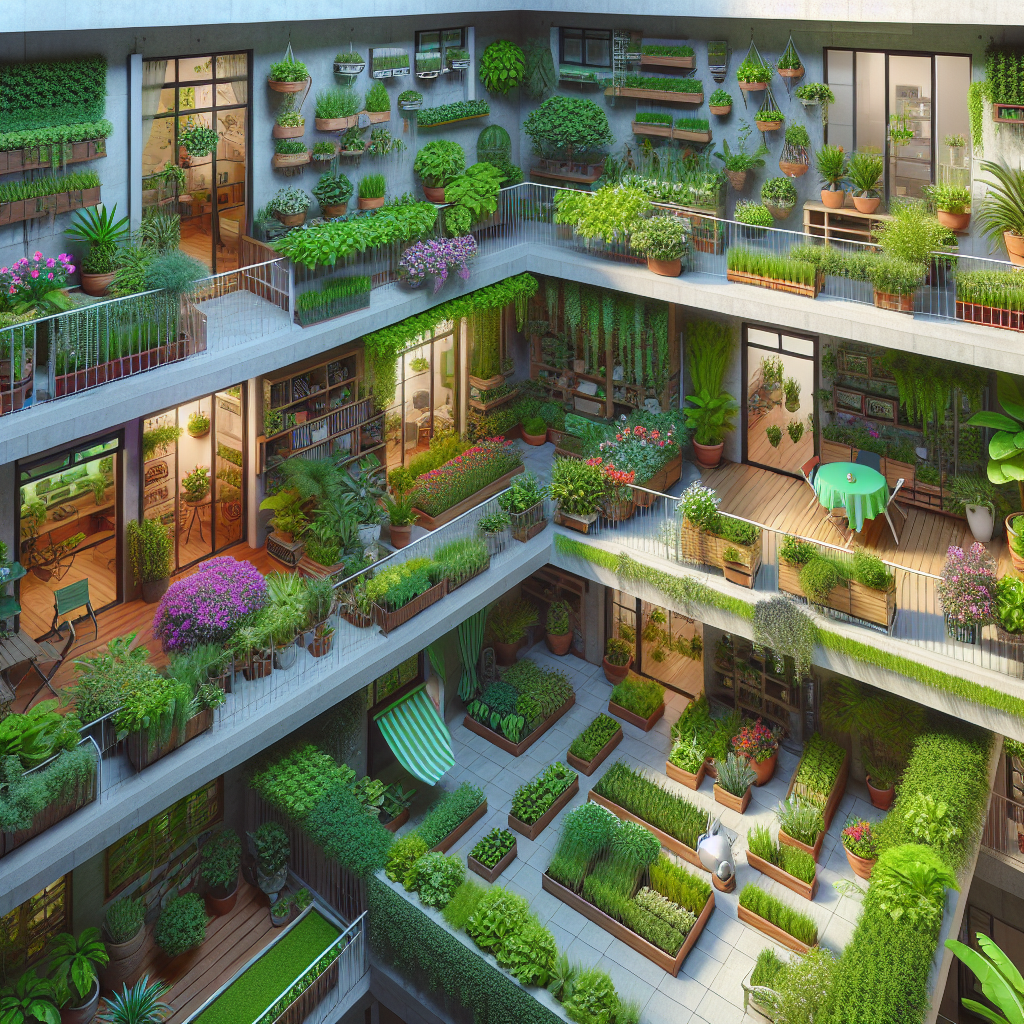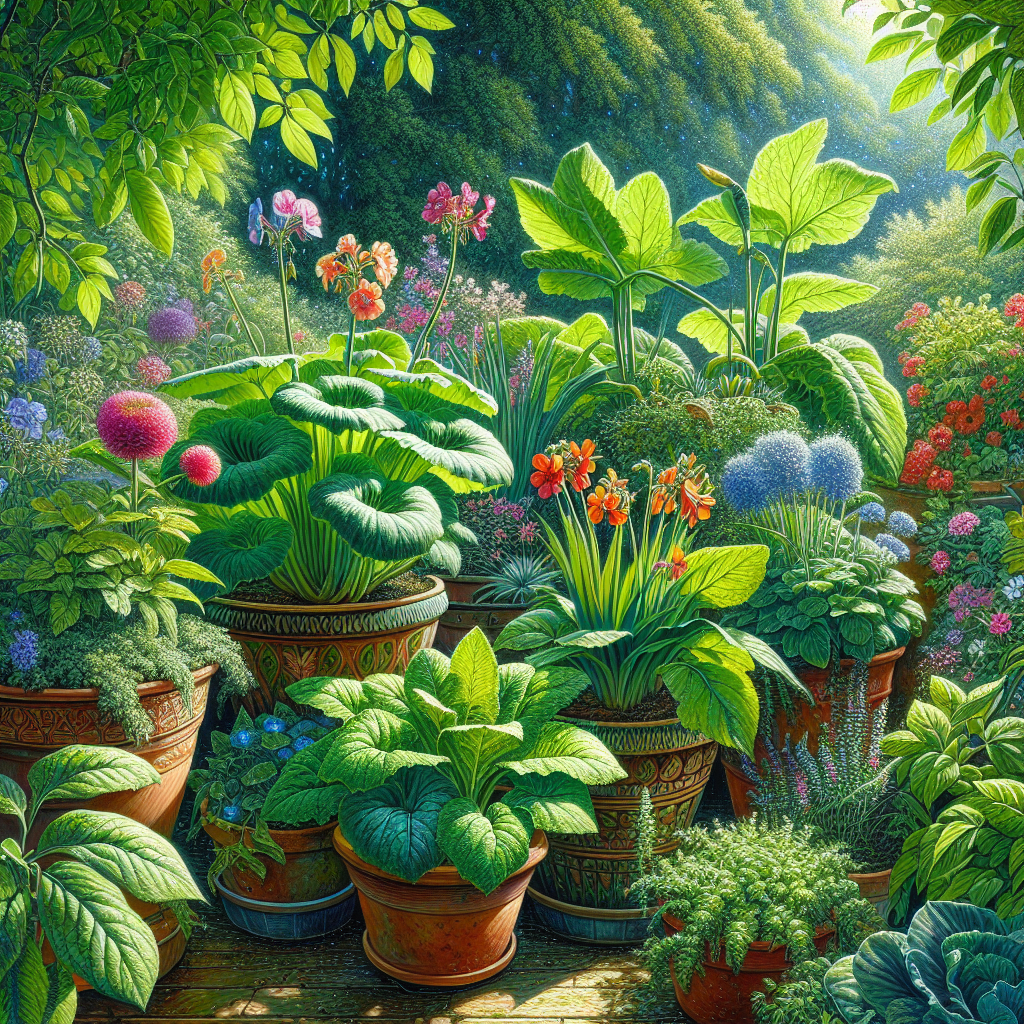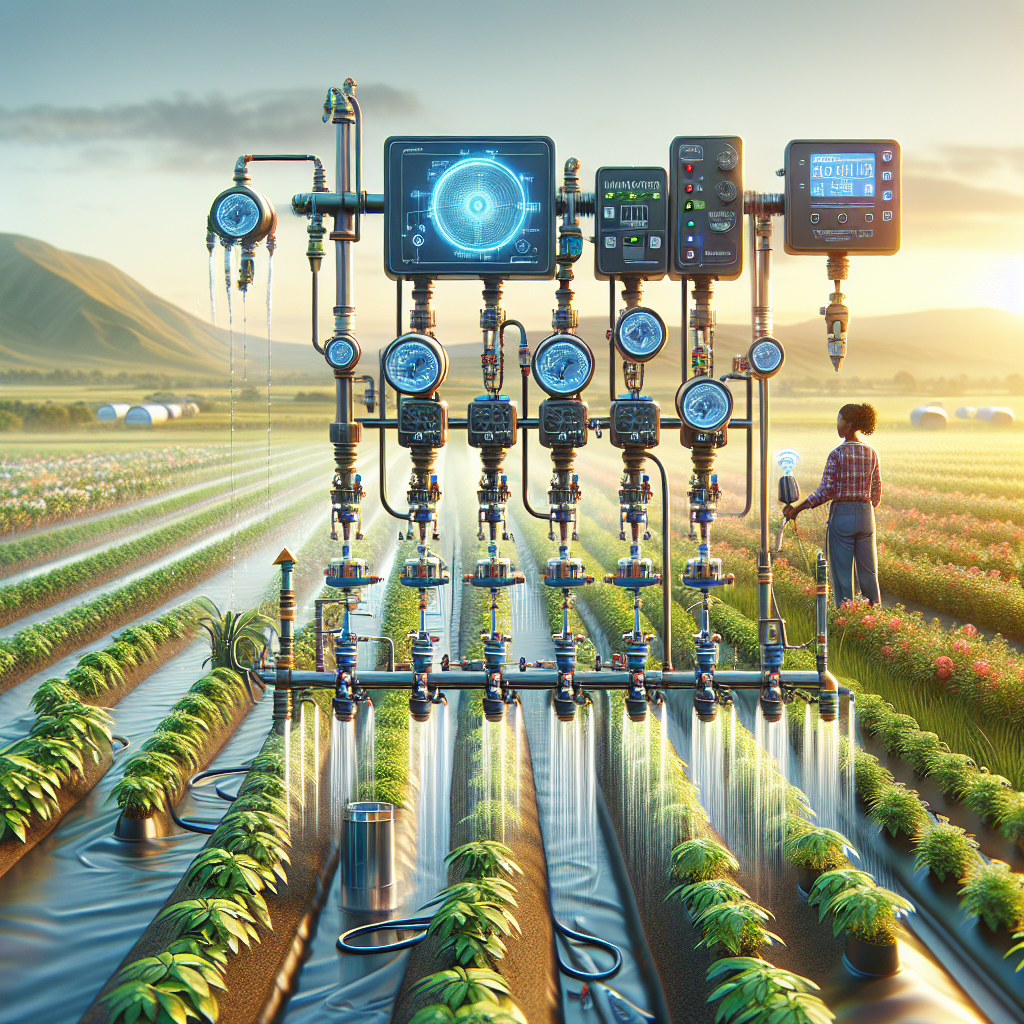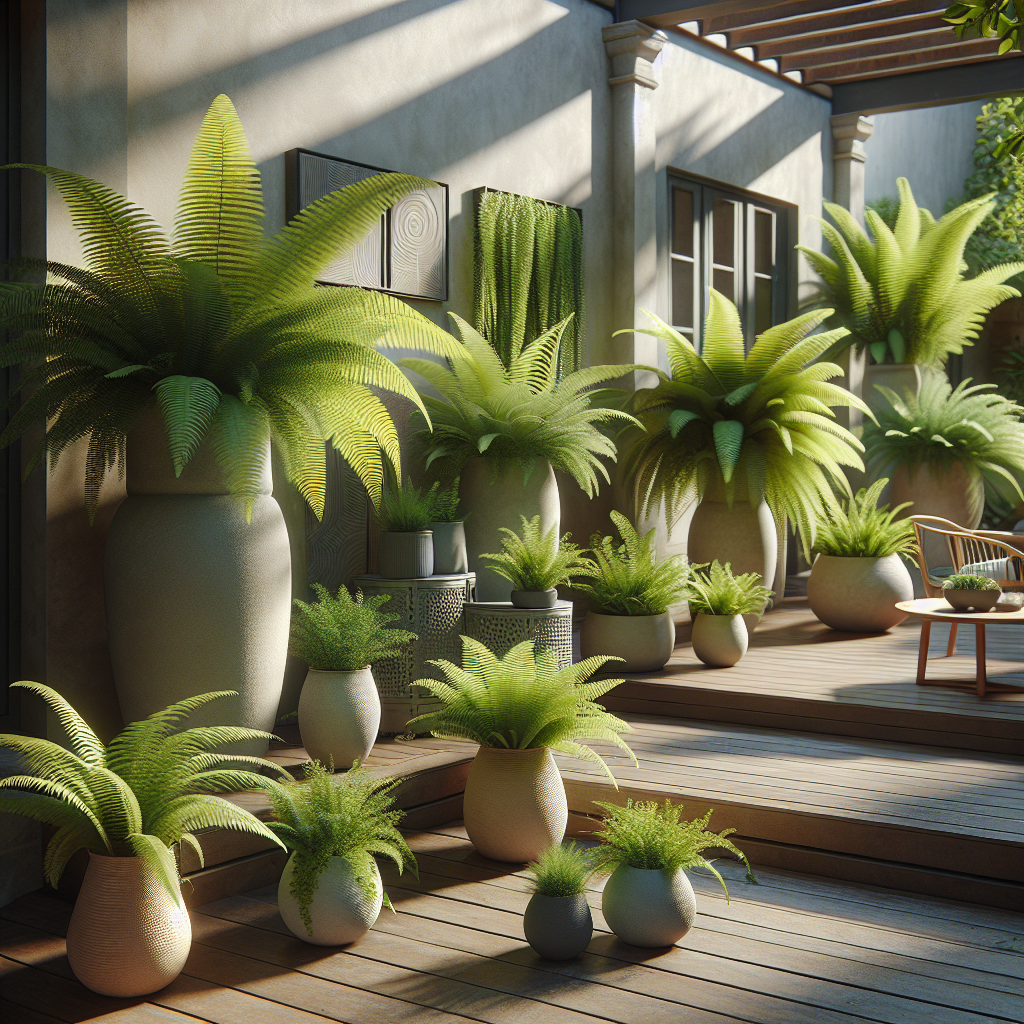Transforming Small Spaces into Green Havens with Container Gardening
# Transforming Small Spaces into Green Havens with container Gardening
In today’s urbanized world, space is often a luxury. More and more people find themselves living in compact apartments or homes with little to no yard space. But just because you lack a sprawling garden doesn’t mean you have to forgo the joys of gardening. Enter container gardening – a versatile and accessible method of cultivating plants that can transform even the smallest of spaces into lush green havens.
## The Appeal of Container Gardening
Container gardening involves growing plants in containers rather than in the ground. This technique opens up myriad possibilities for those who are constrained by space. Here’s why container gardening has gained popularity:
### 1. **Accessibility**
– **Urban Dwellers:** For city residents, gardens can be hard to come by. Balconies, rooftops, windowsills, and patios become prime spots for container gardens.…















